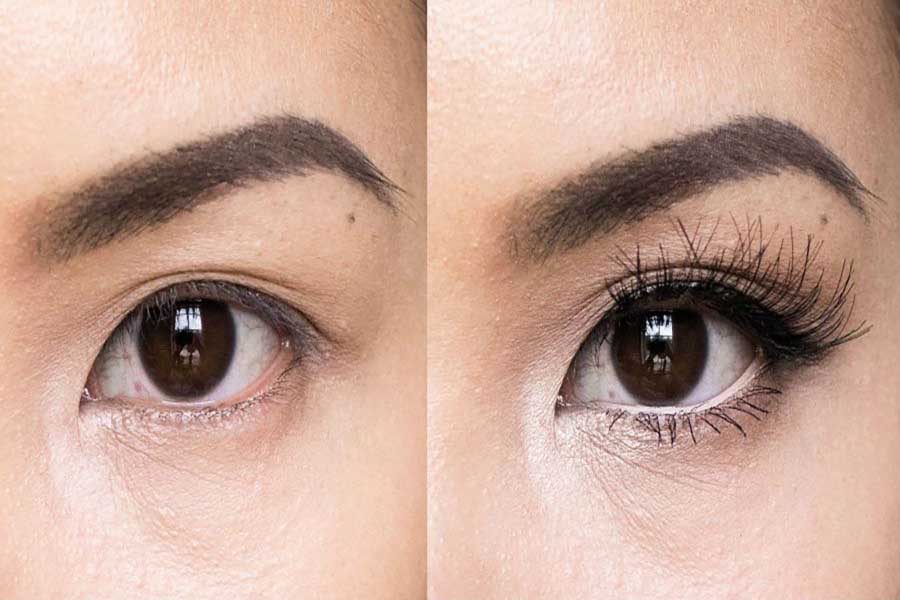
Lip prosthesis
November 27, 2020
Vaginal cosmetic surgery (labiaplasty)
November 28, 2020Cantoplasty
(Enlargement of the eye) refers to any cosmetic surgery in which a specialist surgeon raises the outer corner of the eyelid slightly or corrects the sagging part of the eye. The act of eye-catching beauty fulfills many of the desires of having an eye-catching cat with an upward slope. Eyelid augmentation surgery is also useful for patients who have previously undergone complex plastic surgery such as lower eyelid blepharoplasty, which has resulted in their lower eyelids being pulled down, the corners of their eyes rounded and looking uncomfortable.
Canthoplasty is a cosmetic or surgical procedure performed to repair or reshape the outer corner of the eye. This operation, which is performed alone or in conjunction with oculoplasty, makes the eye look beautiful.
This surgery should only be performed by a surgeon who has extensive experience in oculoplasty surgery; Because a mistake in doing so will lead to a catastrophic result. Our clinic doctors use a minimally invasive procedure to maintain the condition of the skin in the corner of the eye, so that the scar does not attract attention and the best possible result is achieved.
Cantoplasty applicants
In cat surgery, the cat’s eyelid muscles are pulled up and down. This cosmetic procedure is a good choice for people who are upset about the drooping of the outer corner of the eyelid and want to have bigger eyes:
This makes the eyes appear larger and eliminates drowsiness and dullness from the face.
Some patients want to have this operation done in order to make the eyes cat-like so that the surgeon can slightly raise the corners of their eyes.
This procedure corrects problems such as drooping eyelids (ptosis) or deformities caused by injury, aging or disease.
Unpleasant results of previous eye surgeries are corrected, for example, the results of unsuccessful lower eyelid surgery in reconstructive blepharoplasty.
Types of cat eye surgeries
There are several types of eye augmentation surgery, including medial cantoplasty (horizontal / elevation method) and external canthoplasty (horizontal / lowering method). Surgery can be done as a combination of these methods or choose the most appropriate method to have large and beautiful eyes.
Middle cantoplasty (horizontal method)
The ophthalmologist carefully examines the condition of the eye during the consultation session, analyzes the causes of the problem, and designs the desired shape of the eye.
The incision is made near the conjunctival gland and parallel to it in the Mongolian folds.
After making the smallest possible incision, the surgeon sutures it to the inside of the eye so that the scar is not visible.
In the end, a natural and large eye appears on the face.
Middle canthoplasty (lifting method)
In middle canthoplasty (lifting procedure), the surgeon raises the skin of the corner of the eye at a 45-degree angle to the Mongolian crease to mark the double eyelid line from the inner corner of the eye. In this way, the iris of the eye becomes larger.
The ophthalmologist carefully examines the condition of the eye during the consultation session, analyzes the causes of the problem, and designs the desired shape of the eye.
The incision is made near the conjunctival glands and parallel to it in the Mongolian folds, and the fold is raised 45 degrees.
After making the smallest possible incision, the surgeon sutures it to the inside of the eye so that the scar is not visible.
In the end, a natural and large eye shines on the face.
External controplasty (horizontal method)
External canthoplasty (horizontal method) is a modified version of the old method that is performed with the aim of enlarging the eyes. This action also minimizes the problem of adhesion. After diagnosing and analyzing the condition of the eye, the doctor determines the amount of skin incision and removes the sticky tissue that causes the eye to shrink and the patient to be dissatisfied.
The eye surgeon carefully examines the condition of the eye during the consultation session, analyzes the causes of the problem, and designs the desired shape of the eye.
After making the smallest possible incision, the surgeon separates the tissues and fixes the side of the external oblique muscle of the eye to the bone marrow.
Excess skin is cut after the incision is made.
The incision is sutured inside the eyes so that the scar does not attract attention.
The result is the action of a deceptive Egyptian eye.
External cantoplasty (lowering method)
The surgeon lowers the edge of the lower eyelid a very small amount (about 1/3) to make the eye thinner. Oblique eyes generally give a rough look to the face or the outer part of the lower eyelid covers the lower part of the iris and makes the eyes appear narrow.
The ophthalmologist carefully examines the condition of the eye during the consultation session, analyzes the causes of the problem, and designs the desired shape of the eye.
The incision is made on the inside of the conjunctiva and the outer third is lowered, the corner of the eye is fixed on the bone marrow.
The surgeon sutures the incision to the inside of the eye so that the scar is not visible.
In the end, a natural and large eye shines on the face.
General method of operation
The method of performing cataract surgery or cat eye, unlike most cosmetic procedures, depends on the specific case of each patient, because the position of the eye, the degree of drooping and the clarity of the eye in each patient is different. Eye surgery is generally performed by making an incision in the annular muscle and then removing and pulling the lower cantilever tendon. A surgical incision is made in the outer corner of the eyelid. Excess skin is removed and then the eyelid is reconnected to the corner of the eye socket. This small incision is then closed and sewn with absorbent or permanent suture thread, the suture is pulled after a week. Cantopexy is similar to cantoplasty in which the cantile tendon is sutured It is constantly pulled under the eyelid. Eye augmentation surgery can be performed under general anesthesia or local anesthesia. This popular cosmetic procedure gives impressive results. The eyelid is pulled down and raised to dazzle the beautiful, young eyes.
Postoperative care
Partial bruising and swelling are normal after surgery and go away in less than a week. The surgeon usually prescribes painkillers and antibiotics to speed up the healing process and minimize the risk of infection. Patients often have dry eye problems and have to use eye drops for a while. Patients are advised to refrain from activities that involve the eye, such as reading, watching TV, using a computer, and wearing contact lenses. The surgeon also gives the patient recommendations for postoperative eye protection, including the use of sunglasses and not engaging in activities such as exercise or bending that increase blood flow to the eye. Because surgery is performed on a small part of the body, the patient can usually be at work after a few days.
Complications
Complications can occur after all cat eye surgeries, and cat eye cosmetic surgery is no exception. In rare cases, the patient has a severe reaction to anesthesia and sometimes the risk of infection increases. If the patient follows the recommendations for postoperative care, the risk of complications is minimized. Patients are advised not to take anti-inflammatory drugs for several weeks before surgery, as these drugs affect the blood clotting process. Smoking is also harmful to blood vessels and reduces blood flow to body tissues. Patients are therefore asked to quit smoking at least two weeks before surgery. If the surgery is not done properly, the connection between the upper and lower eyelids will become deformed or rounded, or an undesirable vertical strain will form in the sunken eyes. If the patient is dissatisfied with the outcome of the operation or the initial surgery results in injury, another operation should be performed to correct the defects.






